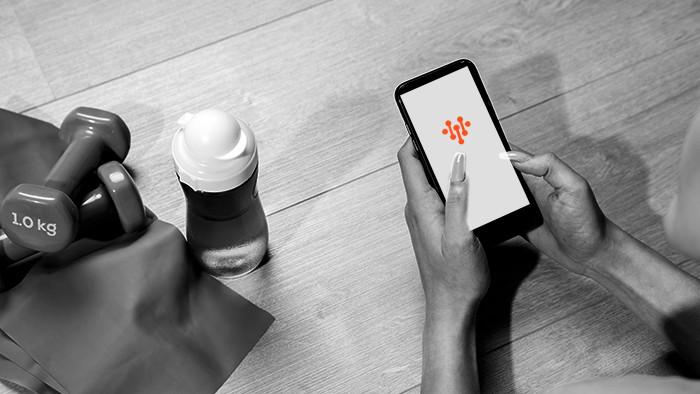Research reveals $100 billion a year is spent on health care that is only necessary because individuals don’t follow medical advice. For example, patients with chronic illnesses are estimated to comply with medication schedules only 50% of the time. Now researchers are working to find a way to help patients reach their health needs and goals through positive reinforcement and rewards.
A new Jump ARCHES project will explore the feasibility of a blockchain-based digital app as a viable way to enable OSF HealthCare and others help patients improve their health while attempting to meet the spirit of important government regulations. The project is informed by many studies that show incentives, such as cash prizes or other rewards, work in changing behavior such as to stop smoking or exercise more. But, federal consumer protection regulations currently prohibit health systems from offering rewards for healthy behavior because they are viewed as an inducement to use a product or service.
Partnering with the University of Illinois in Urbana Champaign (UIUC) and the University of Illinois College of Medicine Peoria (UICOMP), OSF Innovation researchers plan to develop and test an integrated application that utilizes blockchain technology as a basis for information from de-identified participants to be matched with rewards when healthy behavior data is generated.
The project is led by OSF Innovation Senior Fellow and Clinical Informaticist Dr. Jonathan Handler, with support from Innovation Engineer Tate Ralph of Jump Simulation, along with Wencui Han and Andrew Miller, assistant professors at the U of I Gies College of Business and the Grainer College of Engineering, respectively.

Ralph says the application - on blockchain technology - would issue rewards on a platform using encrypted data that doesn’t show who is providing the incentive nor who is receiving the reward. It’s a different approach to the reward programs currently offered by insurance companies, in which clients who are identified by name opt in to receive activity points that can be converted to get products on a retail marketplace.
Ralph explains, “You would actually be accepting currency directly; likely cryptocurrency in our case, but maybe some other digital transaction that would immediately give you that return. Other systems (insurance reward programs) will take a lot longer and it’ll be harder to see directly the impact of what you’re doing.”
The anonymous transactions use a digital interface with a blockchain platform and are considered highly reliable and secure. Ralph jokes he doesn’t have math knowledge that drives the authentication approach of users, called “zero knowledge proof.” He describes it as a technique that allows someone to verify the truth of information without sharing who provided it, who the information is about or how they know it’s true.
”It’s a way to prove that you are doing what you’re supposed to be doing or prove that you have a certain diagnosis, so that if we incentivize you – even if we don’t know who you are – we can ensure that it’s a trustworthy system.”
Dr. Handler stresses building the application on a blockchain platform should balance the needs of privacy and utility to serve patients better. The effort will attempt to test that the technology can meet federal compliance requirements while creating an easy, positive user experience. Tate says that’s where UIUC researcher Han will apply past experience in digital interfaces for incentives.
“I really think we have the experts in place, the team in place, to tackle this kind of issue. I think the average patient is going to interact with it as an app on their phone, where they can input data, and scroll through a marketplace and see what they can be incentivized for and kind of go from there.”
For patients and providers – even non-OSF health systems who might eventually use the app – the bottom line could result in a better approach for supporting patients with chronic conditions outside of their regular in-office contact. Future enhancements could also use data from wearables or in-home monitors.
“You only have a clinical touchpoint every couple of months or every half of year, something like that, so you’re less incentivized to think about it until you have to start kicking it into gear because you’re going to go in (to the office) and you don’t want to be embarrassed, frankly,” Ralph observes. “So, I think something like this, where you have a positive reason to do it; not just a negative reason, I think that can be really powerful to help people be healthier.”
Researchers also believe incentives could be extended to other public health initiatives, such as increasing community vaccination rates or health screenings; essentially any health behavior that can be proven to have value in population or individual health and wellness.




